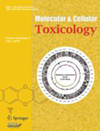Molecular & Cellular ToxicologySCIE
國際簡稱:MOL CELL TOXICOL 參考譯名:分子和細胞毒理學
- 基本信息:
- ISSN:1738-642X
- E-ISSN:2092-8467
- 是否OA:未開放
- 是否預警:否
- TOP期刊:否
- 出版信息:
- 出版地區(qū):SOUTH KOREA
- 出版商:Springer Singapore
- 出版語言:English
- 出版周期:Quarterly
- 出版年份:2010
- 研究方向:醫(yī)學-毒理學
- 評價信息:
- 影響因子:1.1
- H-index:18
- CiteScore指數(shù):2.5
- SJR指數(shù):0.371
- SNIP指數(shù):0.468
- 發(fā)文數(shù)據(jù):
- Gold OA文章占比:7.24%
- 研究類文章占比:97.80%
- 年發(fā)文量:91
- 自引率:0.1764...
- 開源占比:0.0781
- 出版撤稿占比:0
- 出版國人文章占比:0.15
- OA被引用占比:0
英文簡介Molecular & Cellular Toxicology期刊介紹
Molecular & Cellular Toxicology publishes original research and reviews in all areas of the complex interaction between the cell′s genome (the sum of all genes within the chromosome), chemicals in the environment, and disease. Acceptable manuscripts are the ones that deal with some topics of environmental contaminants, including those that lie in the domains of analytical chemistry, biochemistry, pharmacology and toxicology with the aspects of molecular and cellular levels. Emphasis will be placed on toxic effects observed at relevant genomics and proteomics, which have direct impact on drug development, environment health, food safety, preventive medicine, and forensic medicine. The journal is committed to rapid peer review to ensure the publication of highest quality original research and timely news and review articles.
期刊簡介Molecular & Cellular Toxicology期刊介紹
《Molecular & Cellular Toxicology》自2010出版以來,是一本醫(yī)學優(yōu)秀雜志。致力于發(fā)表原創(chuàng)科學研究結果,并為醫(yī)學各個領域的原創(chuàng)研究提供一個展示平臺,以促進醫(yī)學領域的的進步。該刊鼓勵先進的、清晰的闡述,從廣泛的視角提供當前感興趣的研究主題的新見解,或審查多年來某個重要領域的所有重要發(fā)展。該期刊特色在于及時報道醫(yī)學領域的最新進展和新發(fā)現(xiàn)新突破等。該刊近一年未被列入預警期刊名單,目前已被權威數(shù)據(jù)庫SCIE收錄,得到了廣泛的認可。
該期刊投稿重要關注點:
Cite Score數(shù)據(jù)(2024年最新版)Molecular & Cellular Toxicology Cite Score數(shù)據(jù)
- CiteScore:2.5
- SJR:0.371
- SNIP:0.468
| 學科類別 | 分區(qū) | 排名 | 百分位 |
| 大類:Pharmacology, Toxicology and Pharmaceutics 小類:General Pharmacology, Toxicology and Pharmaceutics | Q2 | 32 / 80 |
60% |
| 大類:Pharmacology, Toxicology and Pharmaceutics 小類:Pathology and Forensic Medicine | Q3 | 109 / 208 |
47% |
| 大類:Pharmacology, Toxicology and Pharmaceutics 小類:Public Health, Environmental and Occupational Health | Q3 | 375 / 665 |
43% |
| 大類:Pharmacology, Toxicology and Pharmaceutics 小類:Health, Toxicology and Mutagenesis | Q3 | 106 / 148 |
28% |
| 大類:Pharmacology, Toxicology and Pharmaceutics 小類:Toxicology | Q3 | 98 / 133 |
26% |
CiteScore 是由Elsevier(愛思唯爾)推出的另一種評價期刊影響力的文獻計量指標。反映出一家期刊近期發(fā)表論文的年篇均引用次數(shù)。CiteScore以Scopus數(shù)據(jù)庫中收集的引文為基礎,針對的是前四年發(fā)表的論文的引文。CiteScore的意義在于,它可以為學術界提供一種新的、更全面、更客觀地評價期刊影響力的方法,而不僅僅是通過影響因子(IF)這一單一指標來評價。
中科院SCI分區(qū)Molecular & Cellular Toxicology 中科院分區(qū)
| 大類學科 | 分區(qū) | 小類學科 | 分區(qū) |
| 醫(yī)學 | 4區(qū) | TOXICOLOGY 毒理學 | 4區(qū) |
中科院分區(qū)表 是以客觀數(shù)據(jù)為基礎,運用科學計量學方法對國際、國內學術期刊依據(jù)影響力進行等級劃分的期刊評價標準。它為我國科研、教育機構的管理人員、科研工作者提供了一份評價國際學術期刊影響力的參考數(shù)據(jù),得到了全國各地高校、科研機構的廣泛認可。
中科院分區(qū)表 將所有期刊按照一定指標劃分為1區(qū)、2區(qū)、3區(qū)、4區(qū)四個層次,類似于“優(yōu)、良、及格”等。最開始,這個分區(qū)只是為了方便圖書管理及圖書情報領域的研究和期刊評估。之后中科院分區(qū)逐步發(fā)展成為了一種評價學術期刊質量的重要工具。
JCR分區(qū)Molecular & Cellular Toxicology JCR分區(qū)
| 按JIF指標學科分區(qū) | 收錄子集 | 分區(qū) | 排名 | 百分位 |
| 學科:TOXICOLOGY | SCIE | Q4 | 100 / 106 |
6.1% |
| 按JCI指標學科分區(qū) | 收錄子集 | 分區(qū) | 排名 | 百分位 |
| 學科:TOXICOLOGY | SCIE | Q4 | 100 / 106 |
6.13% |
JCR分區(qū)的優(yōu)勢在于它可以幫助讀者對學術文獻質量進行評估。不同學科的文章引用量可能存在較大的差異,此時單獨依靠影響因子(IF)評價期刊的質量可能是存在一定問題的。因此,JCR將期刊按照學科門類和影響因子分為不同的分區(qū),這樣讀者可以根據(jù)自己的研究領域和需求選擇合適的期刊。
發(fā)文數(shù)據(jù)
- 國家/地區(qū)數(shù)量
- South Korea119
- CHINA MAINLAND28
- USA15
- Thailand5
- Egypt2
- India2
- Iran2
- Mexico2
- Philippines2
- Australia1
本刊中國學者近年發(fā)表論文
-
1、Coal dust exposure induces proliferation and migration of human bronchial epithelial cells
Author: Li, Amin; Zhang, Yinci; Wang, Ruikai; Xu, Ruyue; Ma, Yongfang; Song, Li; Cao, Weiya; Tang, Xiaolong
Journal: MOLECULAR & CELLULAR TOXICOLOGY. 2023; Vol. 19, Issue 2, pp. 237-245. DOI: 10.1007/s13273-022-00252-y
-
2、Lipopolysaccharide induces oxidative stress and inhibits osteogenic differentiation in periodontal ligament stem cells through downregulating Nrf2
Author: Chen, Yue; Gulinuer, Awuti; Zhao, Jin
Journal: MOLECULAR & CELLULAR TOXICOLOGY. 2023; Vol. 19, Issue 2, pp. 247-254. DOI: 10.1007/s13273-022-00253-x
-
3、Anti-tumor effect of novel amino acid Schiff base nickel (II) complexes on oral squamous cell carcinoma cells (CAL-27) in vitro
Author: Zhao, Peng; Qiu, Haiming; Wei, Qiang; Li, Yang; Gao, Lei; Zhao, Peiran
Journal: MOLECULAR & CELLULAR TOXICOLOGY. 2023; Vol. 19, Issue 2, pp. 265-275. DOI: 10.1007/s13273-022-00255-9
-
4、PCDH8 protects MPP+-induced neuronal injury in SH-SY5Y cells by inhibiting MAPK pathway
Author: Wei, Huaming; Wu, Yuping; Zhuang, Huanxia; Su, Hongyi
Journal: MOLECULAR & CELLULAR TOXICOLOGY. 2023; Vol. 19, Issue 2, pp. 293-302. DOI: 10.1007/s13273-022-00257-7
-
5、FoxM1 contributes to progestin resistance and epithelial-to-mesenchymal transition in endometrial carcinoma
Author: Wang, Lianhua; Shi, Qiyang; Chen, Shaorong
Journal: MOLECULAR & CELLULAR TOXICOLOGY. 2023; Vol. 19, Issue 2, pp. 229-236. DOI: 10.1007/s13273-022-00251-z
-
6、Exosomes derived from regulatory T cells attenuates MPP+-induced inflammatory response and oxidative stress in BV-2 cells by inhibiting the TLR4/NF-kappa B signaling
Author: Liu, Jun; Zhang, Junqing; Ao, Yuanyuan
Journal: MOLECULAR & CELLULAR TOXICOLOGY. 2023; Vol. 19, Issue 2, pp. 283-291. DOI: 10.1007/s13273-022-00258-6
-
7、Amphiregulin secreted by cartilage endplate stem cells inhibits intervertebral disk degeneration and TNF-alpha production via PI3K/AKT and ERK1/2 signaling pathways
Author: Chen, Qin; Wu, Yaohong; Zhong, Mingliang; Xu, Chanhua; Chen, Rongchun; Liu, Ning
Journal: MOLECULAR & CELLULAR TOXICOLOGY. 2023; Vol. 19, Issue 2, pp. 255-264. DOI: 10.1007/s13273-022-00254-w
-
8、Mitochondrial dysfunction is underlying fluoroquinolone toxicity: an integrated mitochondrial toxicity assessment
Author: Jiang, Tianyi; Kustermann, Stefan; Wu, Xiaoqin; Zihlmann, Christine; Zhang, Meifang; Mao, Yi; Wu, Waikwong; Xie, Jianxun
Journal: MOLECULAR & CELLULAR TOXICOLOGY. 2023; Vol. 19, Issue 2, pp. 333-342. DOI: 10.1007/s13273-022-00263-9
投稿常見問題
-
請問這本期刊屬于什么級別呢?可用于職稱評定嗎?
一般刊物只分省級、部級、核心,期刊本身是沒有幾類劃分的,具體是幾類或者幾級,您可以對照單位的分類文件確認一下。Molecular & Cellular Toxicology雜志是由Springer Singapore出版的一本SCIE,可用于職稱評定。
-
你們能夠提供哪些核心期刊的咨詢服務?
大多數(shù)核心期刊我們都是可以提供咨詢服務的。目前核心期刊主要分為以下幾類:1.國內核心:按照權威度排序,社科類:南大核心>南大擴展>北大核心>科技核心 按照權威度排序。工科類:CSCD C庫>CSCD E庫(相當于CSCD擴展)>北大核心>科技核心。2.國外核心(全英文):按照權威度排序為:SSCI=SCI>EI>ISTP=CPCI。
-
想快速發(fā)表,可以加急嗎?
為了確保您的職稱評定順利進行,我們建議提前半年到一年開始準備,這樣能夠保證有充足的時間來處理所有相關事宜。如果客戶需要加急服務,我們會與雜志社進行溝通,以確定是否可以提供加急服務。請注意,如果確認可以加急,可能會收取一定的加急費用。
-
你們提供的服務可以確保稿件被發(fā)表嗎?
期刊編輯會綜合考慮多個因素,如發(fā)表范圍、學術價值和原創(chuàng)性等,對稿件進行綜合評估。盡管任何機構均無法保證每篇稿件都會被發(fā)表,但我們可以用專業(yè)知識和豐富經(jīng)驗,協(xié)助您理解并遵循期刊的發(fā)表要求,從而提高您的稿件被發(fā)表的機率。
-
請問期刊發(fā)表的費用如何?
期刊發(fā)表的費用因期刊不同而異。根據(jù)您的需求,我們會為您推薦性價比最高的期刊,并提供專業(yè)的期刊供您選擇。一般來說,只要符合職稱要求,大多數(shù)作者都會選擇性價比最高的期刊作為意向期刊進行重點咨詢。我們會為您提供詳細的期刊信息和費用說明,以確保您能夠做出明智的選擇。
-
如果稿件被拒,未能成功發(fā)表,費用是否可以退還?
一般來說,我們推薦的期刊和您的專業(yè)方向、文章情況都是匹配的,極少出現(xiàn)稿件被拒的情況。如果稿件被拒,期刊編輯會提供詳細的拒稿信和建議,以幫助您了解拒稿原因并改進您的稿件。關于退款政策,具體情況可能因期刊不同而異,請您咨詢我們的工作人員以獲取詳細信息。
相關期刊推薦
-
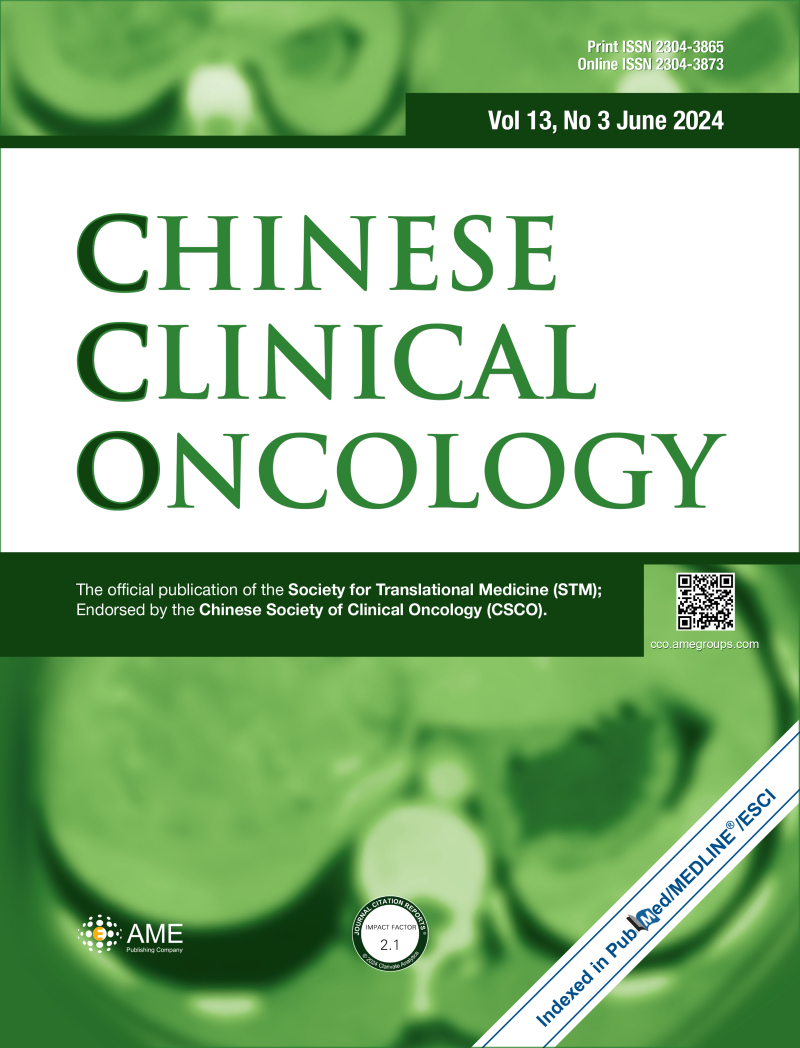
Chinese Clinical Oncology
中科院 4區(qū) JCR Q3
大類:醫(yī)學
-
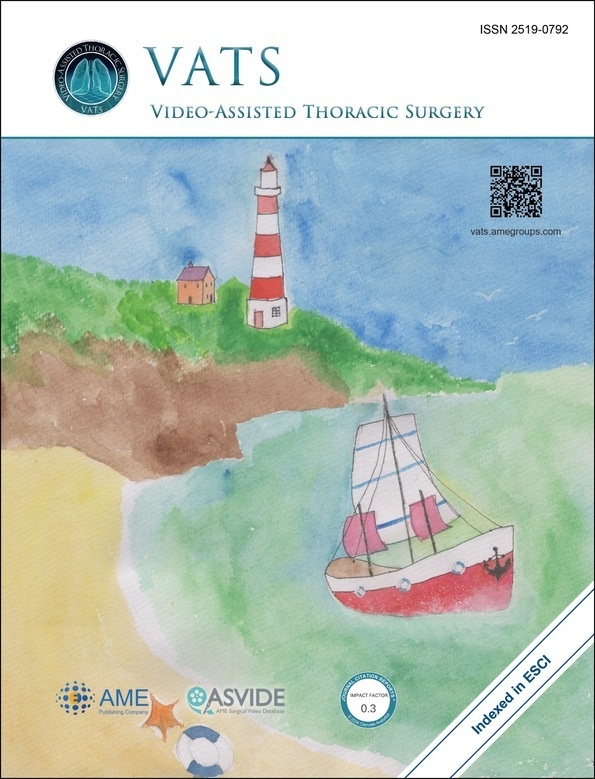
Video-assisted Thoracic Surgery
中科院 4區(qū) JCR Q4
大類:醫(yī)學
-
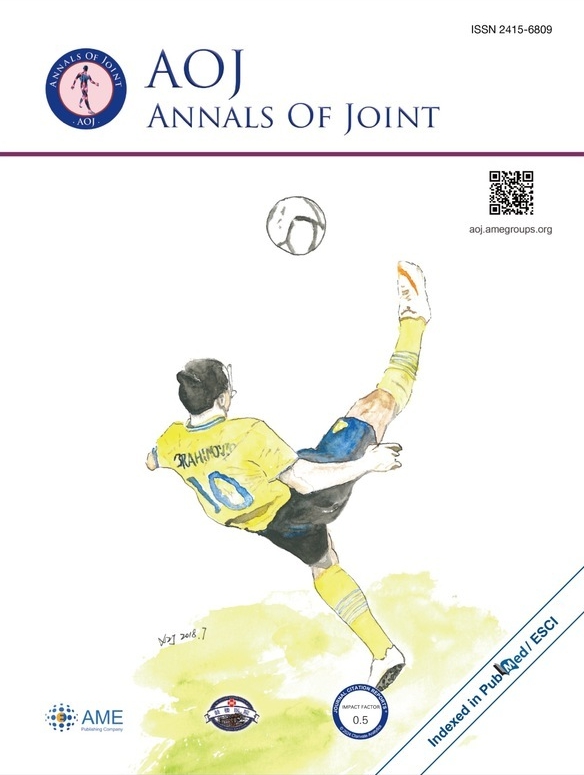
Annals Of Joint
中科院 4區(qū) JCR Q4
大類:醫(yī)學
-
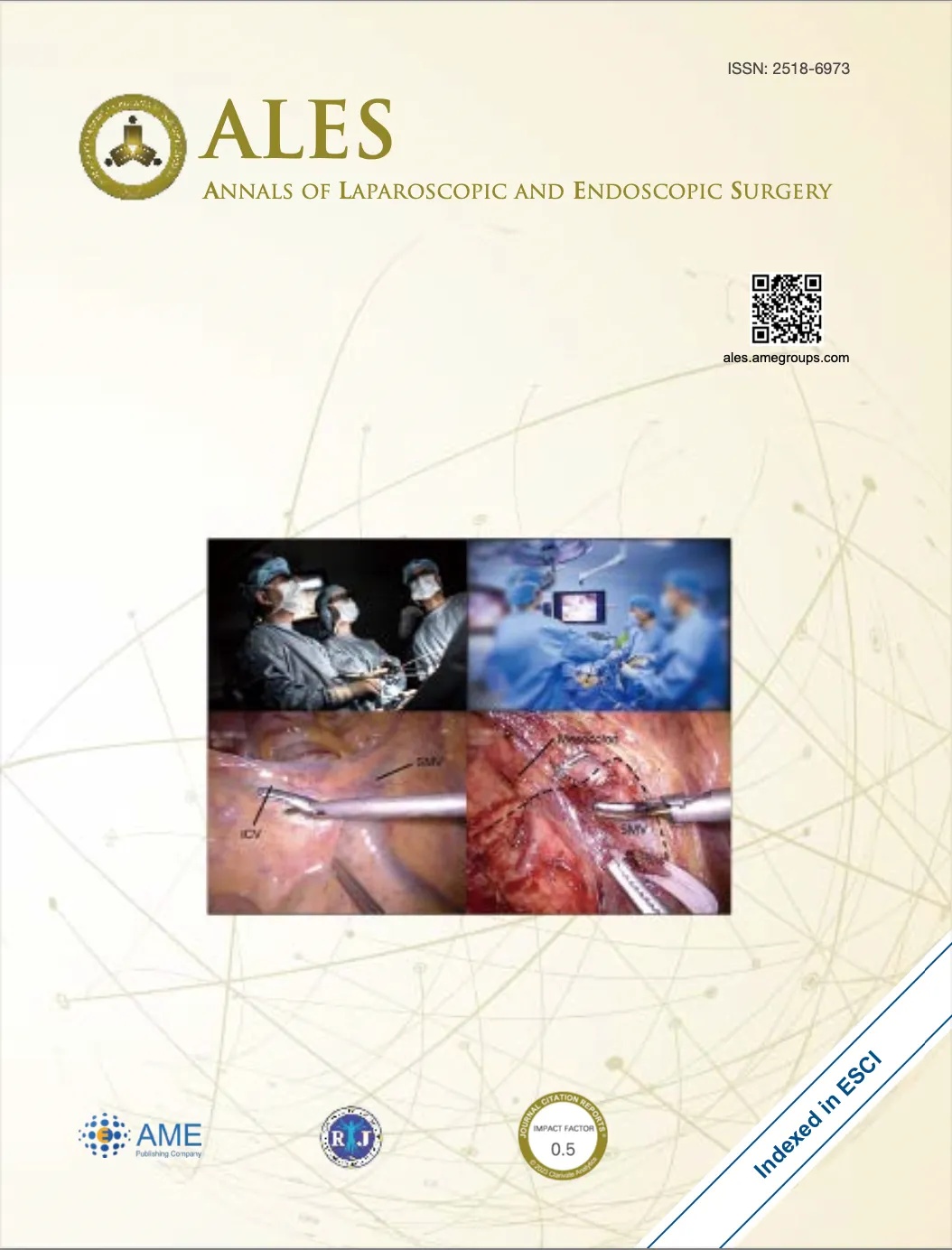
Annals Of Laparoscopic And Endoscopic Surgery
中科院 4區(qū) JCR Q4
大類:醫(yī)學
-
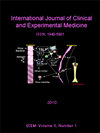
International Journal Of Clinical And Experimental Medicine
中科院 4區(qū) JCR Q4
大類:醫(yī)學
-
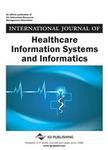
International Journal Of Healthcare Information Systems And Informatics
中科院 4區(qū) JCR Q4
大類:醫(yī)學
熱門期刊推薦
-
Journal Of Stroke
中科院 1區(qū) JCR Q1
-
World Journal Of Surgical Oncology
中科院 3區(qū) JCR Q1
-
European Journal Of Cancer Prevention
中科院 4區(qū) JCR Q3
-
Bmc Complementary Medicine And Therapies
中科院 2區(qū) JCR Q1
-
Discover Oncology
中科院 4區(qū) JCR Q2
-
Journal Of Clinical And Translational Hepatology
中科院 3區(qū) JCR Q2
-
Journal Of Multidisciplinary Healthcare
中科院 3區(qū) JCR Q2
-
Naunyn-schmiedebergs Archives Of Pharmacology
中科院 4區(qū) JCR Q2
